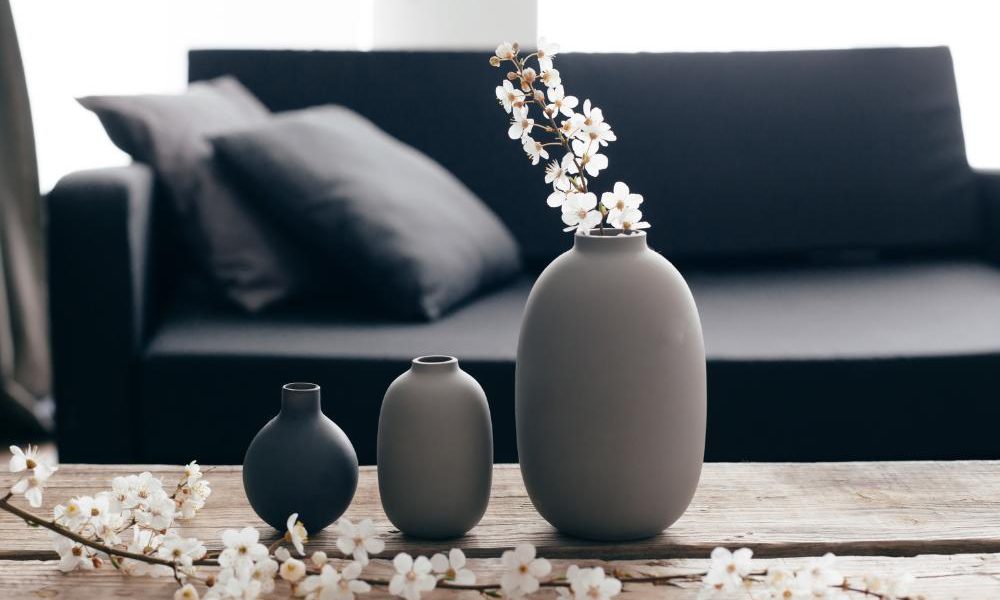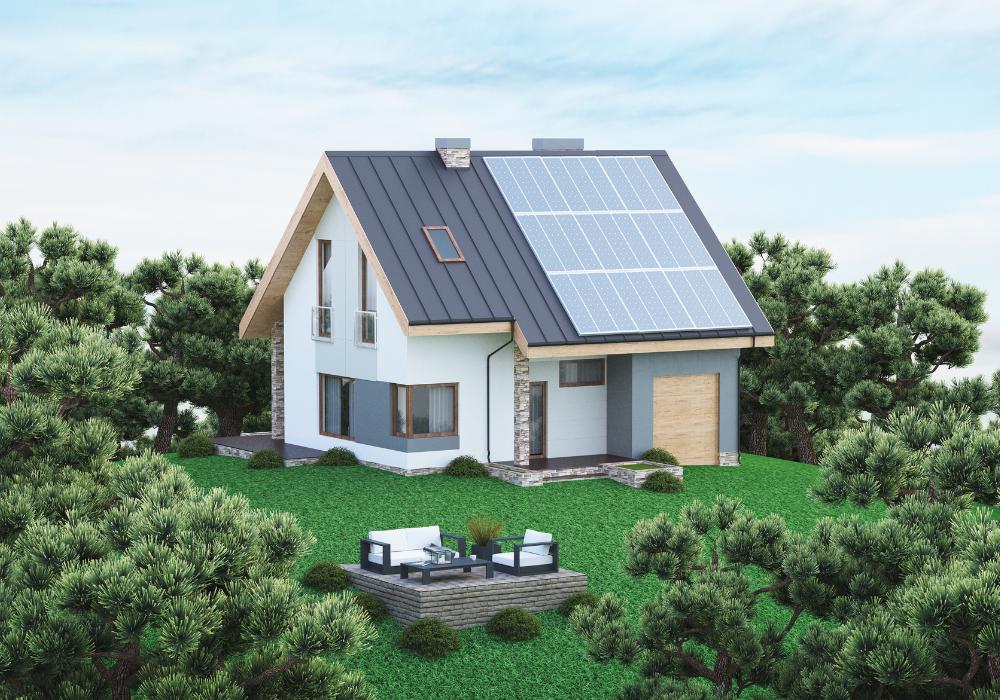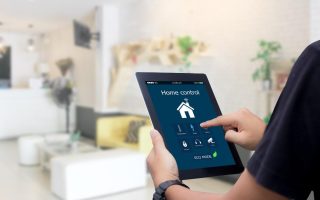Home décor is not just about aesthetics anymore. It’s about creating spaces that are functional, comfortable, and reflect our personalities. With the rapid advancements in technology, the future of home decor is looking more exciting than ever. From smart homes to AI-designed drapes, the possibilities are endless.
Technology That Transforms Your Space
Imagine walking into your home, and the lights adjust to your preferred brightness, the temperature sets to your liking, and your favorite music starts playing. This is not a scene from a sci-fi movie; this is the reality of smart homes. Smart home technology is revolutionizing the way we interact with our living spaces, as highlighted in the Times of India article “Smart Homes, Intuitive Interiors, Touch-Free Technology Are Here To Stay.”
The integration of technology in home decor goes beyond convenience. It’s about enhancing our quality of life. For instance, smart thermostats can learn our preferences and adjust the temperature accordingly, helping us save energy and reduce our carbon footprint. Voice-activated assistants can control various devices, making our lives easier and more efficient.
I remember visiting a friend’s smart home a few years ago, and I was amazed by how seamlessly technology was integrated into their living space. The lights changed color depending on the time of day, and the blinds automatically adjusted to let in the perfect amount of sunlight. It was a truly immersive experience.
Personalization and AI-Driven Designs
In the future, home decor will be more personalized than ever. Artificial intelligence (AI) is already playing a significant role in this trend. AI-powered tools can analyze our preferences and suggest design ideas that we might not have considered otherwise.
AI-designed drapes and blinds are a prime example of this. As Carl Fisher, director of The Millshop Online, puts it in the Forbes article “The Future Of Home Decor Is Here: AI-Designed Drapes And Blinds,” AI is democratizing interior design by giving everyone the power to create their own unique look. AI algorithms can generate countless design variations based on our preferences, allowing us to experiment with different styles and colors.
Sustainability and Eco-Conscious Designs
As we become more aware of the impact our choices have on the environment, sustainability is becoming a key consideration in home decor. The future of home decor will see a greater emphasis on eco-conscious designs that prioritize natural materials, energy efficiency, and minimal waste.
From recycled furniture to biodegradable fabrics, sustainable options are becoming increasingly available. This trend is not just about being environmentally responsible; it’s also about creating healthier living spaces. Natural materials like bamboo and cork are not only sustainable but also have natural antimicrobial properties that can improve indoor air quality.
The Rise of Minimalism and Multi-Functional Spaces
In a world that is constantly bombarding us with information and stimuli, minimalism is becoming an increasingly popular trend in home decor. The idea is to create spaces that are clutter-free, calming, and conducive to relaxation.
This trend is also driven by the growing popularity of multi-functional spaces. With more people working from home, there is a need for spaces that can serve multiple purposes. A living room might double as a home office, or a bedroom might also be a yoga studio.
Minimalism doesn’t mean sacrificing style. In fact, it can often lead to more elegant and sophisticated designs. By focusing on a few key pieces and using a limited color palette, we can create spaces that are both visually appealing and functional, as suggested in the Architectural Digest article “Design Trends 2025: We’re Loving This Very Early Look From WGSN.”
Emerging Trends and Technologies
The future of home decor is full of exciting possibilities. Some of the emerging trends and technologies to watch include:
Biophilic design:
This trend focuses on bringing nature indoors through the use of plants, natural light, and natural materials. Biophilic design has been shown to have numerous benefits, including reducing stress, improving mood, and increasing productivity.
Touchless technology:
In a post-pandemic world, touchless technology is becoming increasingly important. From voice-activated faucets to motion-sensor lights, touchless technology can help us create more hygienic and convenient living spaces.
Virtual and augmented reality:
These technologies are being used to create immersive experiences that allow us to visualize how different design elements would look in our homes before we make any commitments.
3D printing:
This technology is being used to create custom furniture, lighting fixtures, and even entire rooms. 3D printing offers endless possibilities for personalization and customization.
Conclusion
The future of home decor is a fascinating blend of technology, sustainability, and personalization. As we continue to explore new ways to create comfortable and functional living spaces, we can expect to see even more innovative and exciting trends emerge. Whether you’re a tech enthusiast, an eco-conscious consumer, or simply someone who loves to create beautiful spaces, the future of home decor has something to offer everyone.





